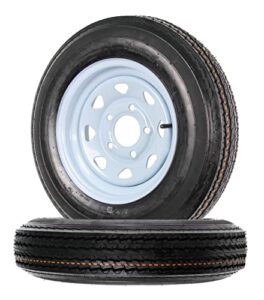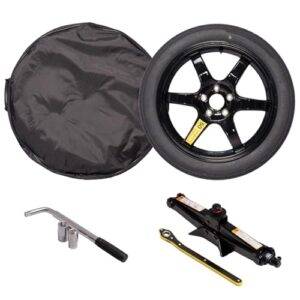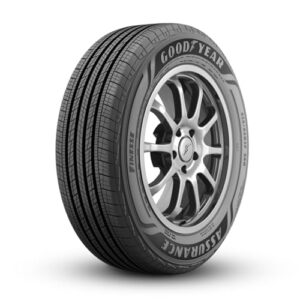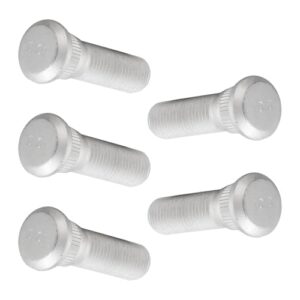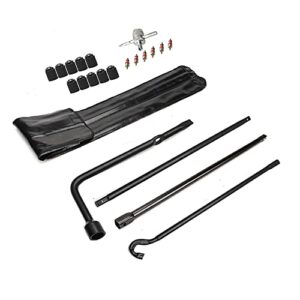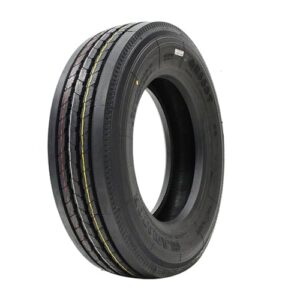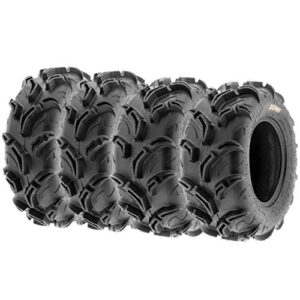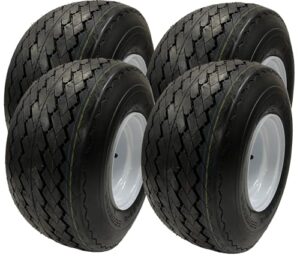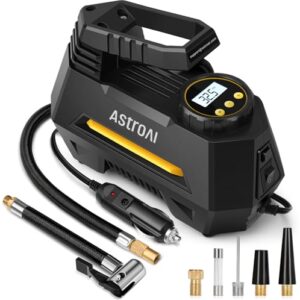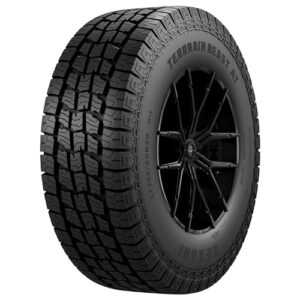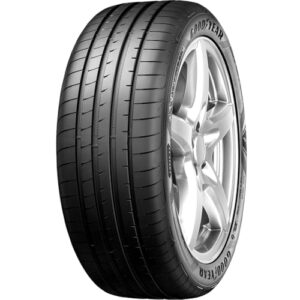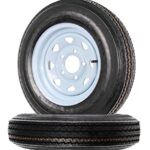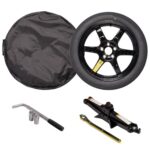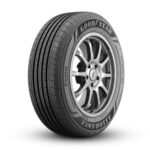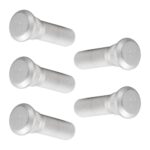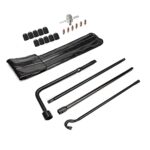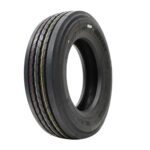Ensuring your vehicle’s tires have the correct amount of air pressure is crucial for safe and efficient driving. Using a tire pressure gauge is a simple process that can help you maintain optimal tire pressure. In this guide, we will walk you through the steps to correctly use a tire pressure gauge and why it’s important for your daily commutes or long trips.

Why Tire Pressure Matters?
Before we get into the instructions, let’s discuss why it’s important to keep your tires properly inflated:
- Safety: Properly inflated tires reduce the risk of tire-related accidents.
- Longevity: Tires with correct pressure levels wear more evenly and last longer.
- Fuel Efficiency: Correct tire pressure can improve your vehicle’s fuel economy.
- Performance: Proper inflation ensures better handling and traction.
Types of Tire Pressure Gauges
There are several types of tire pressure gauges available on the market:
| Type | Description | Pros | Cons |
|---|---|---|---|
| Pencil Gauge | Simple, rod-like design that pushes out a calibrated stick to measure pressure. | Compact, affordable, no batteries required. | Less accurate, more difficult to read. |
| Dial Gauge | Features a circular dial with a needle to indicate pressure. | More accurate, easy to read. | Bulkier design, can be more expensive. |
| Digital Gauge | Uses a digital display to show the tire pressure. | Highly accurate, easy to read in any light. | Requires batteries, typically more expensive. |
How to Use a Tire Pressure Gauge
Follow these steps to check your tire pressure with any gauge:
- Check your vehicle’s recommended tire pressure. This can usually be found on a label inside the driver’s side door or in the owner’s manual.
- Remove the cap from the tire’s valve stem. Place the cap in your pocket or a safe area where it won’t get lost.
- Press the gauge onto the valve stem. For pencil and dial gauges, press firmly to ensure an accurate reading. For digital gauges, usually, a simple press is enough.
- Read the pressure. Remove the gauge to see the measurement.
- For a pencil gauge, read the number closest to the end of the stick that pops out.
- For a dial gauge, read the number where the needle points on the dial.
- For a digital gauge, read the number on the display.
- Compare the measured pressure to the recommended pressure. If your tire pressure is lower than recommended, add air and recheck. If it’s higher, let some air out and recheck.
- Replace the valve stem cap. Be sure not to forget this step to protect the valve from dust and debris.
Pro Tips for Checking Tire Pressure
- Check tires when they are cold. Tires heat up and expand after driving, which can give a false read on the pressure. Check them in the morning or after the car has been parked for a few hours.
- Use your own gauge for consistency. Different gauges may give slightly different readings. Stick with one gauge to get consistent readings.
- Check your tire pressure regularly. At a minimum, check monthly and before long trips or carrying extra load.
Final Thoughts
Correct tire pressure is not only a matter of vehicle performance but also personal safety. By following the simple steps in this guide, you can ensure your tires are at the optimal pressure. Investing the time to learn how to use a tire pressure gauge is an investment in your vehicle’s longevity and your safety on the road.
Frequently Asked Questions
What Is A Tire Pressure Gauge?
A tire pressure gauge is a tool used to measure the pressure inside a vehicle’s tires, ensuring they are inflated to the manufacturer’s recommended level for safety and efficiency.
How Does One Read A Tire Gauge?
To read a tire gauge, press it onto the valve stem, wait for the reading to stabilize, then note the pressure indicated by the needle or digital display.
When Should I Check My Tire Pressure?
Check your tire pressure monthly and before long trips or carrying extra load, ideally when tires are cold for an accurate measurement.




